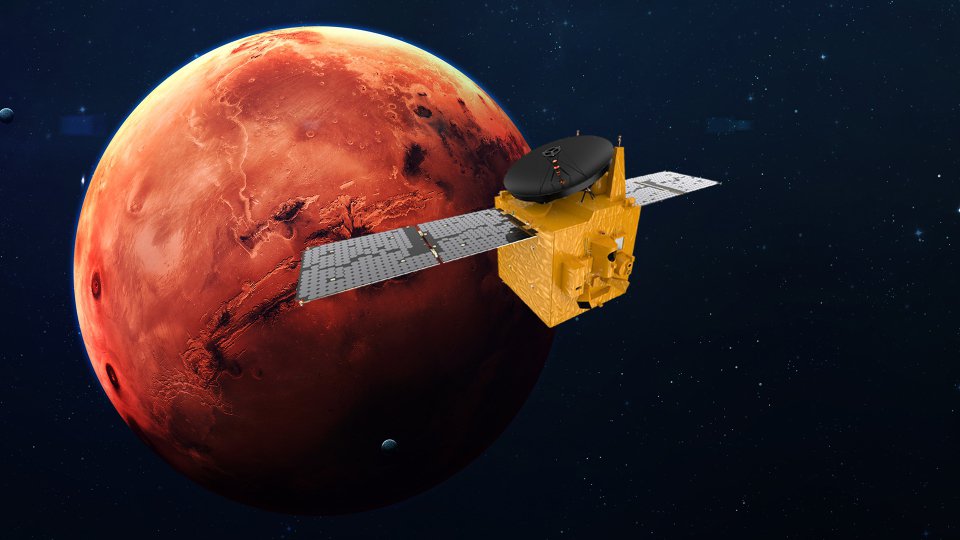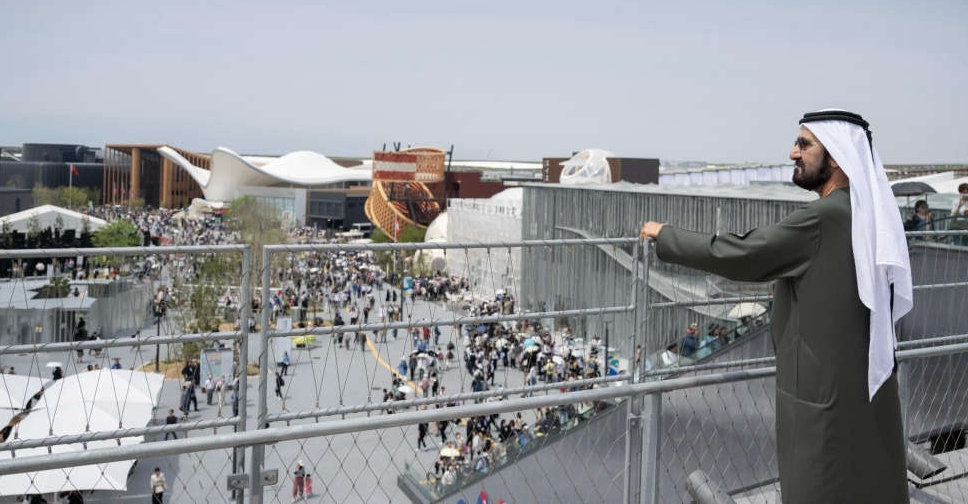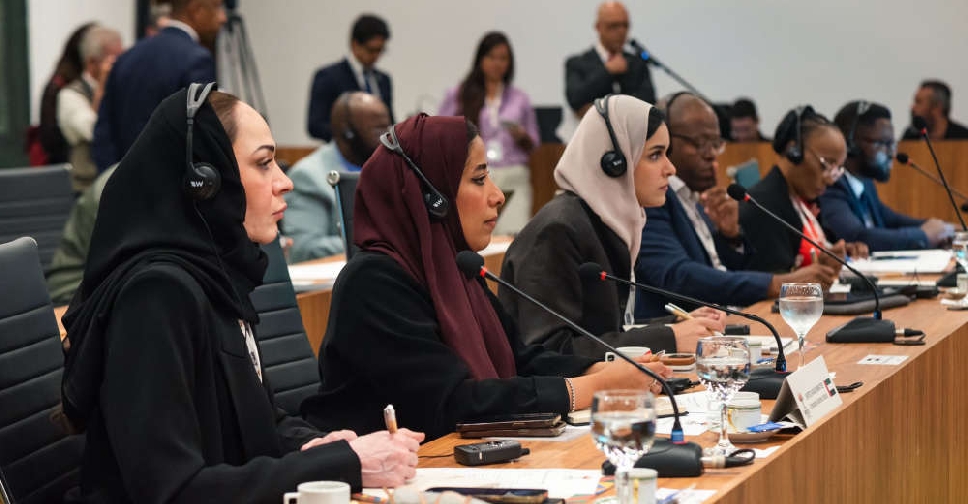
The Mohammed bin Rashid Space Centre (MBRSC) says the UAE Hope Probe is now in its most critical phase as the craft prepares for entry into the orbit of Mars on February 9 at 7:42 pm (UAE time).
Omran Sharaf, Project Director of the Emirates Mars Mission, told a news conference that the Mars Orbit Insertion (MOI) is the risky stage as the Probe will have to slow down to enter.
This involves firing six Delta V thrusters to rapidly reduce the speed of the spacecraft from 121,000 to 18,000 kmph.
"Precision is fundamental to success to avoid Hope Probe crashing on Mars or missing its orbit and getting lost in deep space," Sharaf said.
"The design, system and software that will be used for the MOI are all Emirati-made. This is in line with the directive from the UAE leadership to build and not to buy."
Learn more about the journey of the Hope Probe, a journey that overcame challenges and achieved the impossible! After covering a distance of 493.5 million kilometers, we are almost there. Stay tuned for the historic event of the arrival of #ArabsToMars on February 9, 2021. pic.twitter.com/mrduseHMwT
— Hope Mars Mission (@HopeMarsMission) February 2, 2021
The following two stages, the ‘Transition to the Science Orbit’ and the ‘Science Orbit’ will see the Probe carrying out its exploration mission to study the atmospheric dynamics and weather of the Red Planet.
It will provide the first-ever complete picture of the Martian atmosphere.
The unmanned craft will explore the climactic dynamics of Mars in daily and seasonal timescales for a full Martian year (687 earth days), an endeavour that has never been pursued by any previous mission.
Exploring connections between today’s Martian weather and the ancient climate of the Red Planet will give deeper insights into the past and future of Earth as well as the potential of life on Mars and other distant planets.
The probe will gather and send back 1,000 GB of new data to the Science Data Centre in the UAE via different ground stations spread around the world.
This will be catalogued and analysed by the Emirates Mars Mission science team, and shared for free with the international Mars science community.


 Dubai sets stage for AI’s 70-year spotlight
Dubai sets stage for AI’s 70-year spotlight
 H.H. Sheikh Hamdan unveils Dubai AI Academy
H.H. Sheikh Hamdan unveils Dubai AI Academy
 Sheikh Mohammed thanks UAE team for 'sharing our story with the world'
Sheikh Mohammed thanks UAE team for 'sharing our story with the world'
 UAE champions women’s empowerment at BRICS ministerial meeting
UAE champions women’s empowerment at BRICS ministerial meeting
